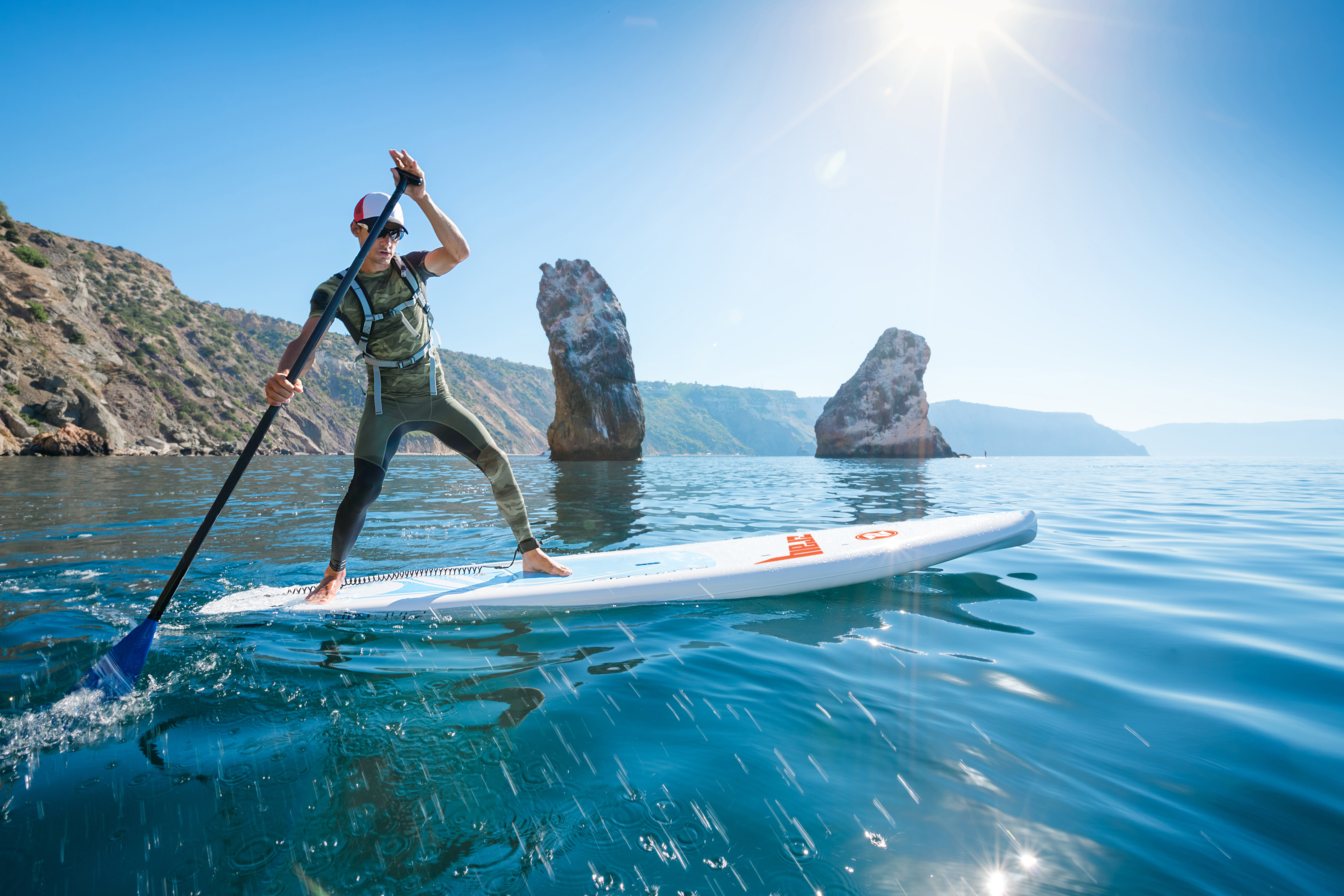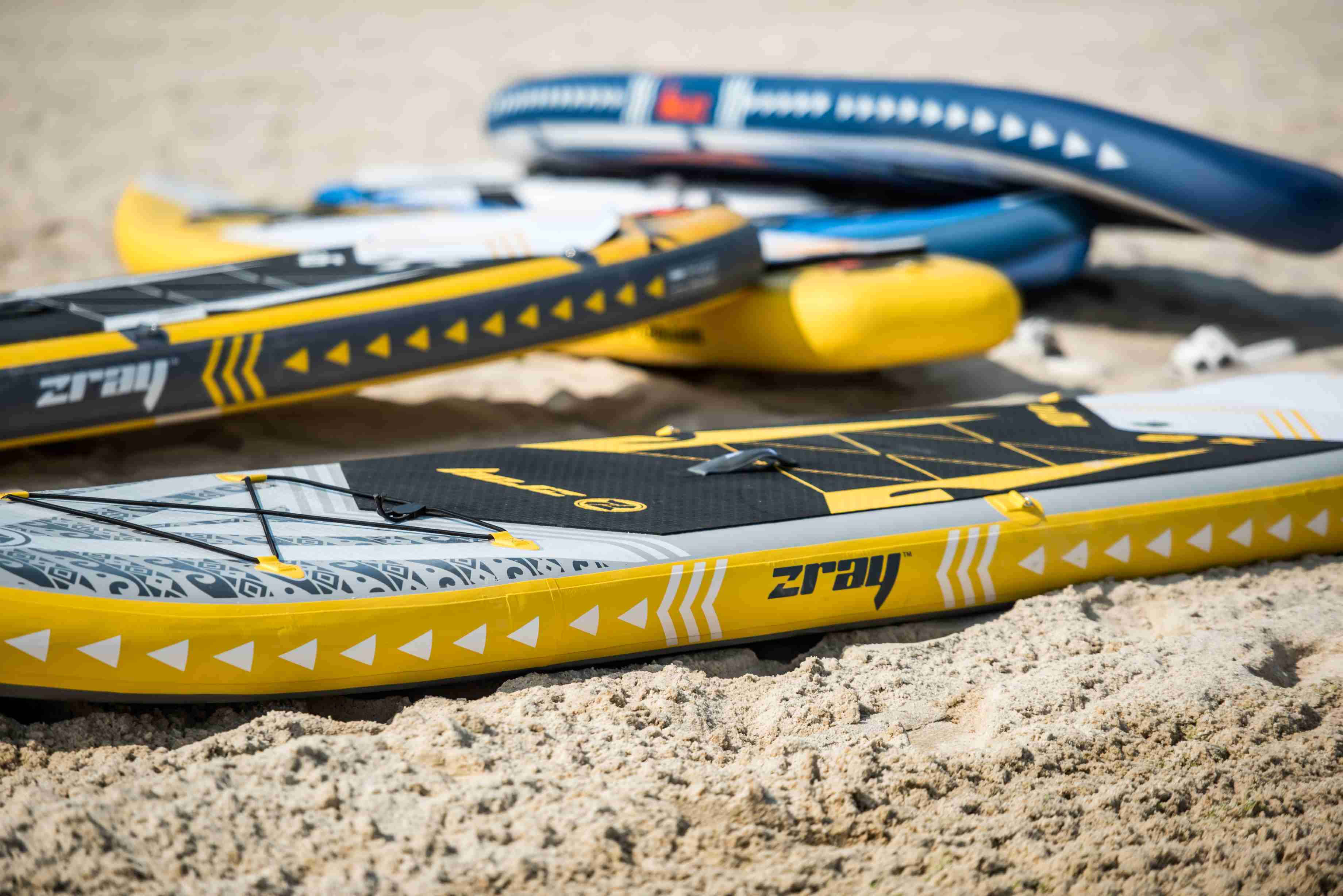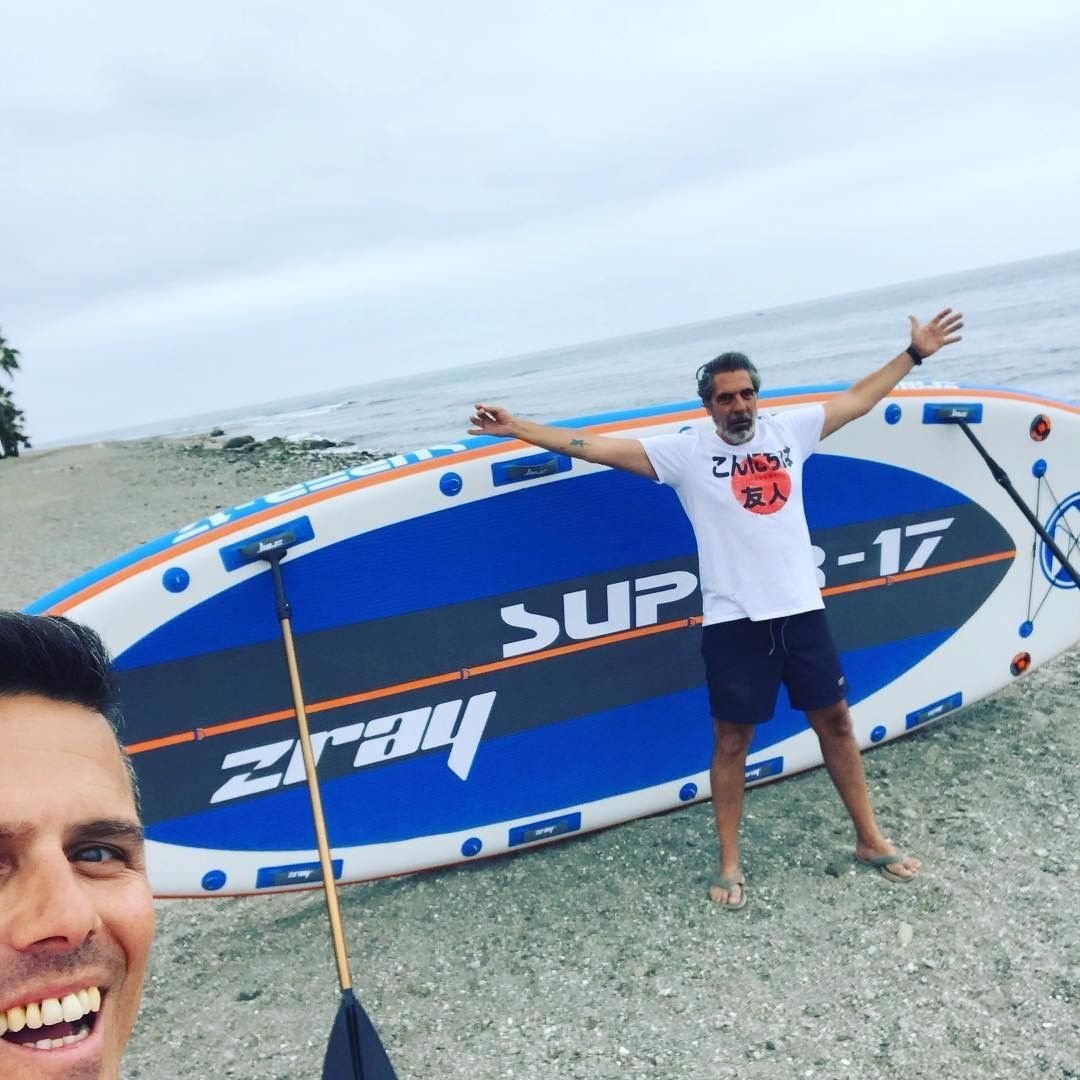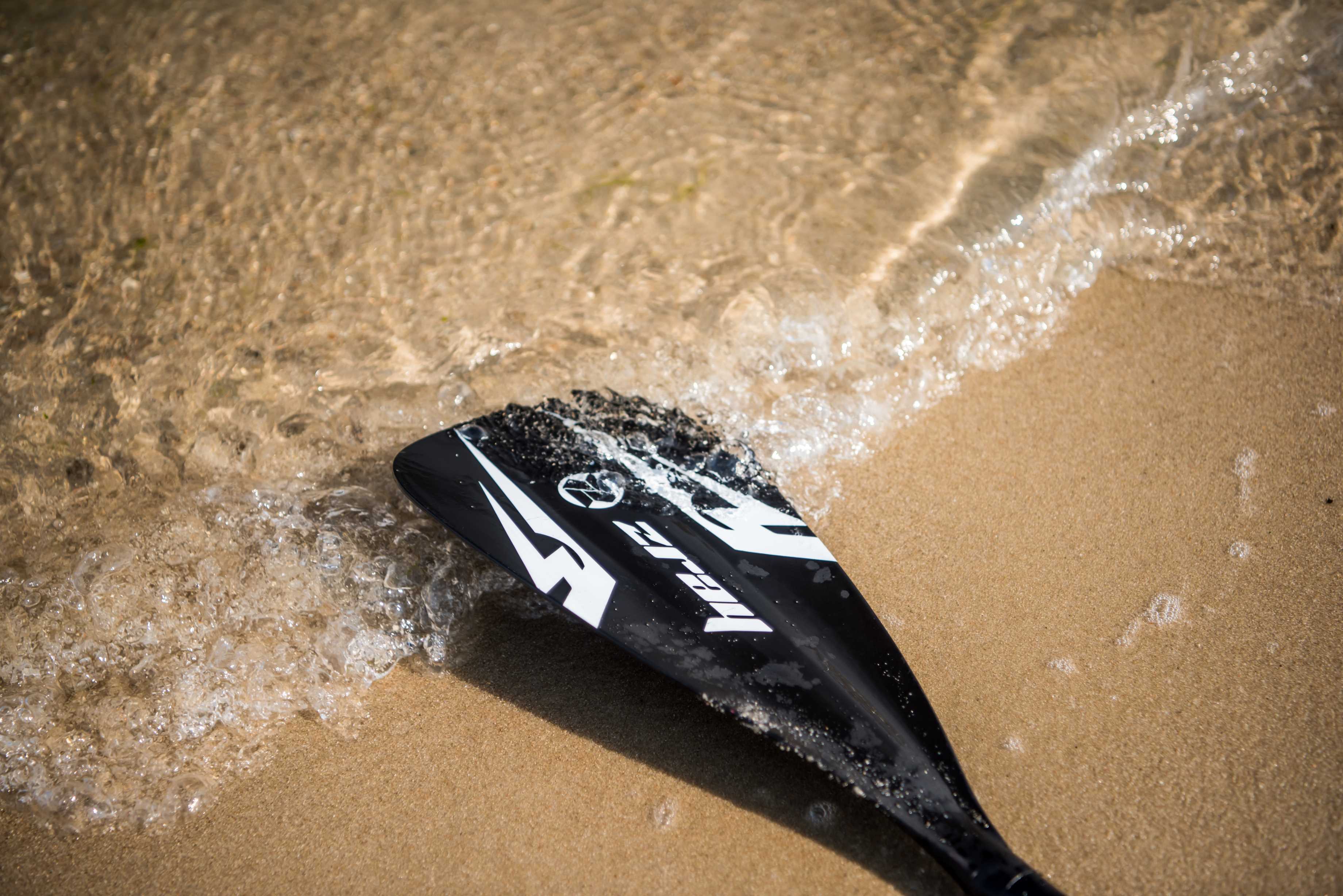How to Choose The Right Stand-up Paddle Board for Yourself
Zray is a global designer and OEM for SUP, Kayak and related accessories. Enthusiasm for the paddling experience and feeling nature is always the goal for Zray. To get the best sports experience, Zray is devoted to developing perfect equipment that makes every session better and better.
Over decades of years, Zray has researched the industry thoroughly and developed a variety of technologies from UAL, DRHD, BAM, CAP, RED and the latest UAL and CAP etc. Moreover, Zray developed the patented DCS technology for safety and durability.

Standing with a paddle on the board is so called stand-up paddleboarding, initial as SUP. To maximize stability, it is often wider and longer than a surfboard. It typically features a non-slip grip surface as well. A seat attachment is sometimes offered with stand-up paddle boards so that user can convert the board into a kayak. Let‘s Zray go over main factors in following article to help you select the most suitable paddle board.
How to choose the most suitable stand-up paddle-board?
There are a number of important factors to take into account when selecting the ideal SUP board. Choosing between an inflatable and a rigid board is the first step. It is also necessary to consider the size, volume, weight capacity and shape of the board that you will require.
Let's go over the following standards:
- Which kind of paddle board is better, an inflatable or a rigid one?
- What size?
- Volume and weight capacity
- Shapes

Which kind of paddle board is better, an inflatable or a rigid one?
The better kind for you will depend on your lifestyle and needs. When choosing between nflatable and rigid paddle boards, it's critical to take your home's storage capacity into account.
The ideal choice if you live in a home or apartment with little storage space is an inflatable SUP board. Transporting inflatable paddle boards is the most convenient option. When rolled up, inflatable board has the same volume as a sleeping bag. Because you can check it on an airplane and fit it in a travel bag, it's perfect for trips.
Rigid paddle boards perform better than inflatable ones when it comes to performance. To put it another way, if you want to trek long-distance, race or surf, a rigid paddle board is your best choice. It has been measured that the hard paddle board is 5% faster than inflatable one. Using a non-inflatable paddle board will need you to be more agile. When SUP surfing, they let you glide more smoothly and catch smaller waves. The greatest option for a hassle-free board is an inflatable one.
Because inflatable boards are sturdy, they are ideal for rough rivers and whitewater paddling. Rigid paddle board may sustain damage and require repairs if you drop it. Rigid paddleboards are not nearly as durable as inflatable ones.
Benefits of inflatable SUP:
- well-liked by green hands
- In general, friendly cost
- More practical for storage, but needs a pump to inflate.
- sturdy and manageable
Benefits of rigid board:
- more adaptable, based on the application
- improved glide quality and control
- Additional ways to modify the fins
- increased stability

What size of paddle-board should you choose?
The length, width and thickness of paddle board determine its size. Although shorter boards are more maneuverable, longer boards are generally quicker. Short boards are best for kids.
Medium boards (10'–12' / 3-3.6m) work well for SUP yoga and general use. These boards are mostly planer hulled. Long-distance journeys and quick paddling are best suited for longer boards (12.6' / 3.8m and longer). This type of board is typical with displacement hulls. These boards tend to track better, therefore they are generally quicker than shorter boards.
Understanding the relationship between length, volume and weight capacity is useful when selecting a length. You will want a longer board if you plan to paddle long distances or on trips. More volume and weight capacity are indicated by a longer and wider board.
- For children, short boards under 10' (3m) are suitable.
- Medium boards (10' to 12' / 3-3.6m) work well for SUP yoga and general all-around use. These boards are primarily planing hulled.
- Long boards (at least 12.6' / 3.8m) are ideal for long-distance traveling and swift paddling. Most of them are SUPs with displacement hulls. They track straighter and are faster than short and medium boards.
Another significant dimension that affects manageability is its width. SUPs are made to order in widths ranging from 30 inches (76cm) to 35 inches (89cm) to accommodate a range of applications.
For extended trips where more gear, food, coolers, or tents are required, opt for a wider board to maximize storage capacity. Although wide boards are more stable than narrow ones, keep in mind that they are slower and that paddling will be more challenging if the board is excessively wide. However, narrow boards are faster and more maneuverable, which is why racers and surfers like them.
- Wider boards are inherently more stable than narrow ones.
- Wide boards have the potential to be slower and more challenging to paddle.
A standing-up paddle board's thickness should be taken into account primarily because it has an impact on the board's overall volume, weight and capacity. When comparing two identically sized boards with different thicknesses, you will find that the thicker board has a larger volume than the thinner one. And also, the heavier the board is, the more weight it can support.
- Although a thicker board weighs more and is bulkier, it will float higher in the water because of its improved buoyancy. On calm water, it might be comforting for novices (or for yoga, touring etc.).
- If the board is inflatable, a thin model will inflate more quickly and be lighter and less bulky. It can move about more easily.
What volume and weight capacity should you choose?
When choosing a paddle board, it's critical to comprehend its weight and volume. The capacity of a paddle board, measured in liters, indicates how much weight the board can support. The board can hold a greater weight when the volume is higher. A board's weight capacity determines how low it will ride in the water and how effectively it can be paddled if you are too heavy for it. When calculating weight capacity, take into account the overall weight you will bring onto the board, which includes your body weight as well as the weight of any food, drink and equipment you want to bring, also a lovely pet.

What kind of board shape should you choose?
Paddle boards come in a variety of shapes and sizes, and they can be used for yoga, windsurfing, flatwater paddling, surfing, touring and racing etc.. A surf-style board is more manageable due to its shorter length, which makes it ideal for stand-up paddling in the waves. With versatile boards, you may ride through both calm and turbulent waters. Long distances are the purpose of touring boards. Racing boards aren't about pleasure; they're about speed and competition.




